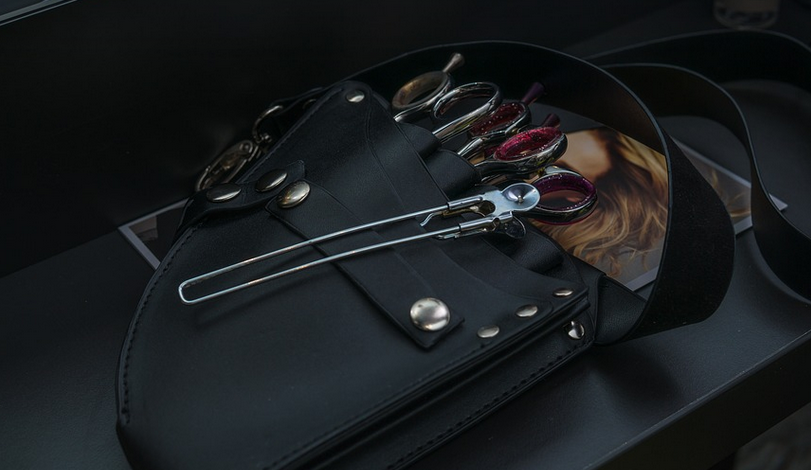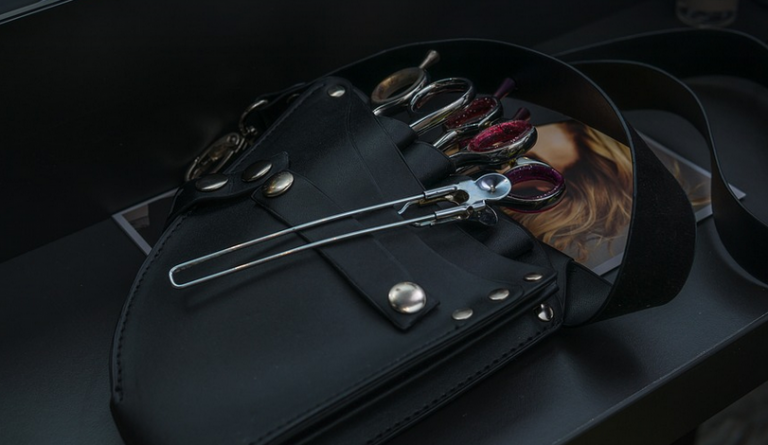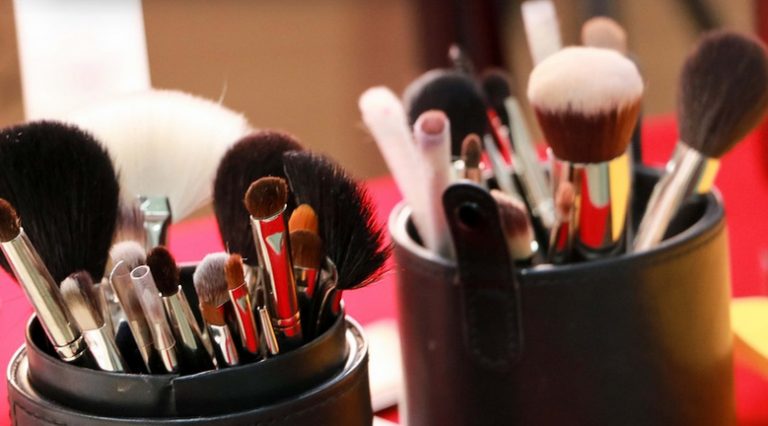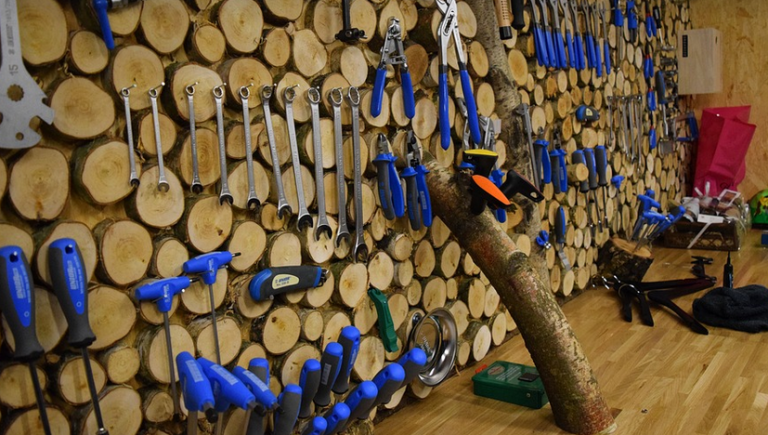
The Short Answer: It Depends!
So, you’re thinking about packing some extra gear for your trip, and maybe a trusty pocket knife is on the list. You might be wondering, are knives allowed on planes? The answer isn’t as simple as yes or no.
Let’s break it down into why there’s such complexity with carrying knives on airplanes. First off, safety regulations vary widely from country to country. Some nations have stricter rules than others, and even within countries, different airports might have their own policies.
To understand the overall picture, let’s dive into some general guidelines about bringing knives onto flights.
In a nutshell, here’s the basic takeaway— most airlines are pretty clear on what’s allowed in carry-on bags, and often what they allow for checked luggage.
First off, you need to know that “knife” is a broad term. It encompasses everything from a simple pocket knife to a full-sized combat blade.
Here’s where the real mystery starts— how exactly do airlines define a “knife”? Often, it comes down to what they consider a weapon.
For instance, some airlines may explicitly restrict certain types of knives that might be considered dangerous or even lethal, like switchblades or any knife with retractable edges.
However, many airlines might only have restrictions on blades longer than a specific length, such as 2.5 inches (6.3 cm) for example, and allow other types of knives to be checked in luggage.
Why don’t all airlines follow the same rules? It boils down to a mix of factors:
1. **International Regulations:** There are international agreements about what is considered dangerous or not, but they vary widely. 2. **Airport Security:** Each airport has its own security protocols and procedures for screening passengers and their bags.
3. **Airline Policies:** Each airline decides what level of risk they’re willing to take with knife regulations. Some airlines might be more strict than others, particularly if they have been targeted for safety issues by security agencies.
4. **Government Regulations:** The government sets the legal framework for knife carrying on airplanes. In some countries, these rules might be much more stringent than in others.
5. **Safety Concerns:** Airlines are responsible for ensuring safety on board their aircraft. This means having procedures in place to minimize the risk of accidents or injuries related to knives.
To help you navigate this complex landscape, let’s explore some common types of knives and how they fare on planes.
**Pocket Knives:** These compact tools are often allowed in carry-on bags. However, if your pocket knife has a blade longer than 2.5 inches (6.3 cm), you might run into trouble.
**Fixed Blades (e.g., Hunting Knives):** Fixed blades are usually restricted in carry-ons and often require special clearance for checked luggage; they are considered more dangerous due to their fixed shape.
**Automatic Knives:** These knives open automatically with a button or spring mechanism, and they’re generally prohibited in most countries without specific exceptions.
**Multi-tools (Swiss Army Knives):** These come with various tools, but if the blade is sharp or long, it might be restricted.
**How to Know Which Airlines Allow Knives:** Your best bet is to check the airline’s website for their specific policies on carrying knives. Look for information in sections like “Travel Information,” “Baggage Guidelines,” or “Safety & Security” and you will find a list of allowed items in your carry-on baggage.
**Pro Tips for Knife Travelers:** * **Always check the airline’s website before packing.** Don’t rely on word of mouth or assumptions. * **Pack knives separately from other personal belongings.** This ensures they are readily accessible for inspection by TSA officers.
If you’re still unsure about specific restrictions, contact your airline directly for clarification. You can find their phone numbers and email addresses online on their website.
Remember, when flying with a knife, it’s always better to err on the side of caution and stay safe.
**Safe Travels!**



